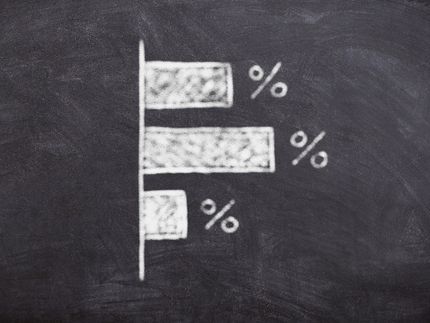Big Pharma Mega-Mergers 1995–2014
Advertisement
Large-scale M&A activity remains an integral strategy of Big Pharma and will contribute nearly two-thirds of peer set sales growth over 1995–2014. Analysis of the 22 largest Big Pharma M&A events since 1995 demonstrates that there are two distinct acquisition types: the purchase of smaller target companies with the primary strategic motive of extracting future sales growth and the purchase of larger target companies with the primary strategic motive of gaining an immediate increase in scale. Furthermore, Big Pharma players can be classified by their overriding growth strategy: those that ‘Buy Growth’, those that ‘Buy Scale’, those that used ‘Multiple M&A’ and those — only two players from a total of 12 — who have primarily avoided large-scale M&A to focus on an organic growth-driven strategy.
Mega-mergers (defined here as M&A events with deal sizes >$5bn) have been a long-term strategic feature of the pharmaceutical industry and have played a key role in shaping the structure and composition of today’s leading companies.
A major wave of M&A driven consolidation swept the industry in 1999–2001 resulting in the creation of AstraZeneca and GlaxoSmithKline together with large corporate additions to Pfizer and Sanofi. Ten years later, we have witnessed a parallel wave of M&A, this time concerning Pfizer + Wyeth, Merck + Schering-Plough, Abbott + Solvay and of course Roche finally taking 100% ownership of Genentech. But — rather than simply listing M&A events and observing their frequency — is it possible to quantify exactly how much of Big Pharma’s sales growth has been driven by M&A versus how much has been self-produced through organic growth?
Datamonitor has taken the approach of analyzing a 20-year sales dataset composed of 14 years of historical data (1995–2008; company-reported sales) and six years of forecast data (2009–14; Datamonitor, PharmaVitae Explorer, December 2009) to address this question. M&A activity will contribute a significant proportion of Big Pharma’s prescription pharmaceutical sales growth over 1995–2014.
Big Pharma sales stood at $84 billion in 1995 and based on organic growth only are forecast to increase to $195 billion by 2014 (an absolute increase of +$111 billion). However, the contribution of M&A activity is forecast to lift 2014 sales to $381 billion, via an additional sales increase of +$186 billion. Therefore, as a proportion of absolute growth over the period 1995–2014, M&A activity is forecast to account for c.63%. Mega-merger has also played a crucial role in allowing Big Pharma to maintain its share of the total prescription pharmaceutical market, thereby retaining the competitive advantages of relative scale enjoyed by players within this peer set.
















































